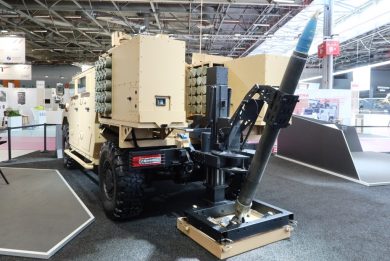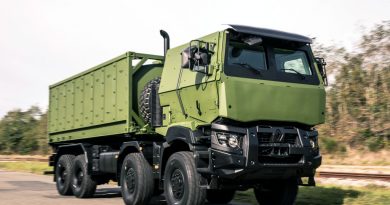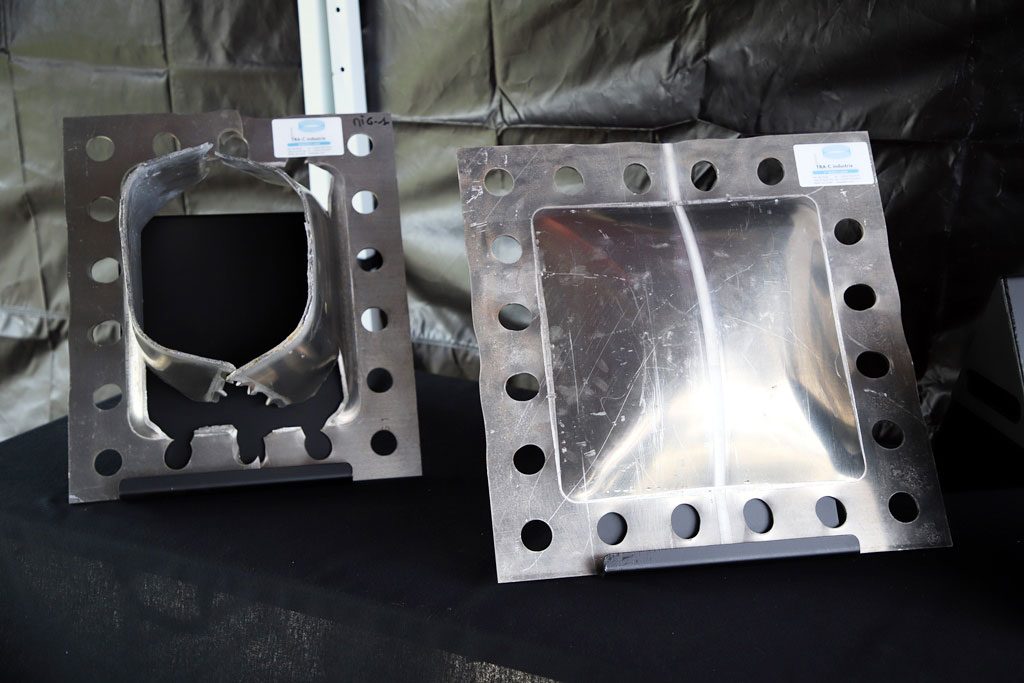
Protection and structures
While in the past Renault Trucks Defense used to integrate on its armoured vehicles third party protection kits, the experience acquired led the company, now named Arquus, to develop its own ballistic and mine protection solutions. The company is currently working on many subjects such as vehicles’ antiblast structure, decoupling of the crew from the underbelly blast thanks to seats, footrest and equipment supports, and obviously add-on ballistic kits to cover as many threats as possible.
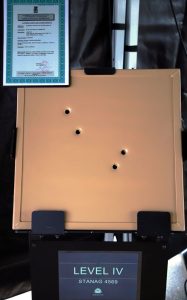
Considering the latter, Arquus is in the final stage of development of Level 3 and Level 4 solutions, which just went through qualification tests at the Banc National d’Épreuve de Saint-Étienne. Although not many technical details were provided, Arquus experts told EDR On-Line that “these solutions are robust, their performances are only marginally reduced over time, and they are competitive in terms of weight and cost compared to what is available on the market.” Arquus developed its own database allowing optimising performances, mass and protection, while respecting STANAG 4569. The latest tool used by Arquus scientists to develop their armour solutions is the ballistic simulation that has recently joined the other ones, increasing the capacity of optimising ballistic packages.
Shifting to blast threats, Arquus developed a considerable portfolio of solutions aimed at protecting the crew and transported personnel from mine and IED threats. Metal double-floors developed in-house are already used on the Fortress and VAB Mk 3, but composite solutions are being developed that might replace metal ones both for the floor as well as for the wheel arch. Some composite packages are already in use on the aforementioned vehicles and are also part of VBL’s upgrade kits. A sandwich of metal and composite elements has been developed, Arquus pushing forward on that path having launched a new research project exploiting the ASTRID (Accompagnement Spécifique des Travaux de Recherches et d’Innovation Défense) support scheme, together with the DGA, academia and the Franco-German Saint-Louis Research Institute. Arquus considers that in the future a whole composite floor might be produced, allowing dealing both with blast and structural issues; a model of such a solution was visible but could not be pictured.
Mass reduction is also linked to the structural assembly process. Arquus is working on improvements in welding processes, exploiting digital simulation systems, and is considering also new processes such as the FSW (Friction Stir Welding); this solid-state joining process uses a non-consumable tool to join two facing work pieces without melting the material, improving welding mechanical characteristics both in the static domain as well as in the rapid dynamics domain, the latter being a key element for blast resistance. Two targets were visible, one welded using classic processes, the second using FSW; submitted to an identical blast, the first was totally destroyed as the welding was ruptured, while the second featured only a deformation, the welding having withstood the blast.
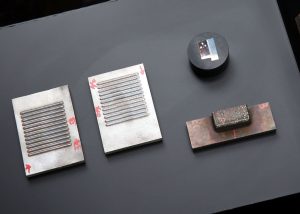
The company is also working on 3D printing; an example was visible, made of an armour plate on which some elements were added using 3-D printing. Arquus experts were adamant in telling us that add-on elements are far from having the same ballistic properties of the plate, however the company managed to reach very good adhesive properties between the base plate and the add-on element, this allowing to consider such technology for a number of applications.
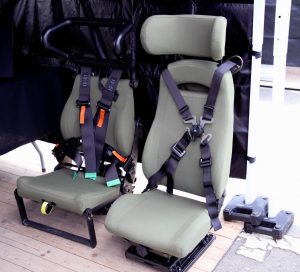
Once the blast does not penetrate the vehicle, then personnel on board must be de-coupled from accelerations in order to avoid physical damages, thus Arquus developed its own family of energy-absorbing seats. Two models were visible at the TechnoDays event, one aimed at drivers and commanders in the front cabin, fitted with the whole set of height trimming, while the second was for dismounted troops in the rear compartment, and thus featured reclining seat, mobile headrest, etc, allowing full access to all the vehicles compartment that host the soldier’s equipment. According to Arquus its seats comply with road regulations and ensure protection against maximum STANAG 4569 threat levels.
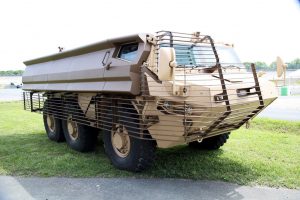
As for the RPG threat Arquus does not develop in house any solution but has developed integrating skills allowing to reduce as much as possible the impact of third-party systems on vehicles’ functionalities, cage-armour often having a detrimental impact on maintenance as it tends to interfere with panels openings. Last February the company unveiled at IDEX a solution against RPGs, known as Advanced Survivability System.
Overall Arquus tends to be self-sufficient in most protection areas, while it does not aims at reinventing the wheel in some specific fields.
Photos by Paolo Valpolini

